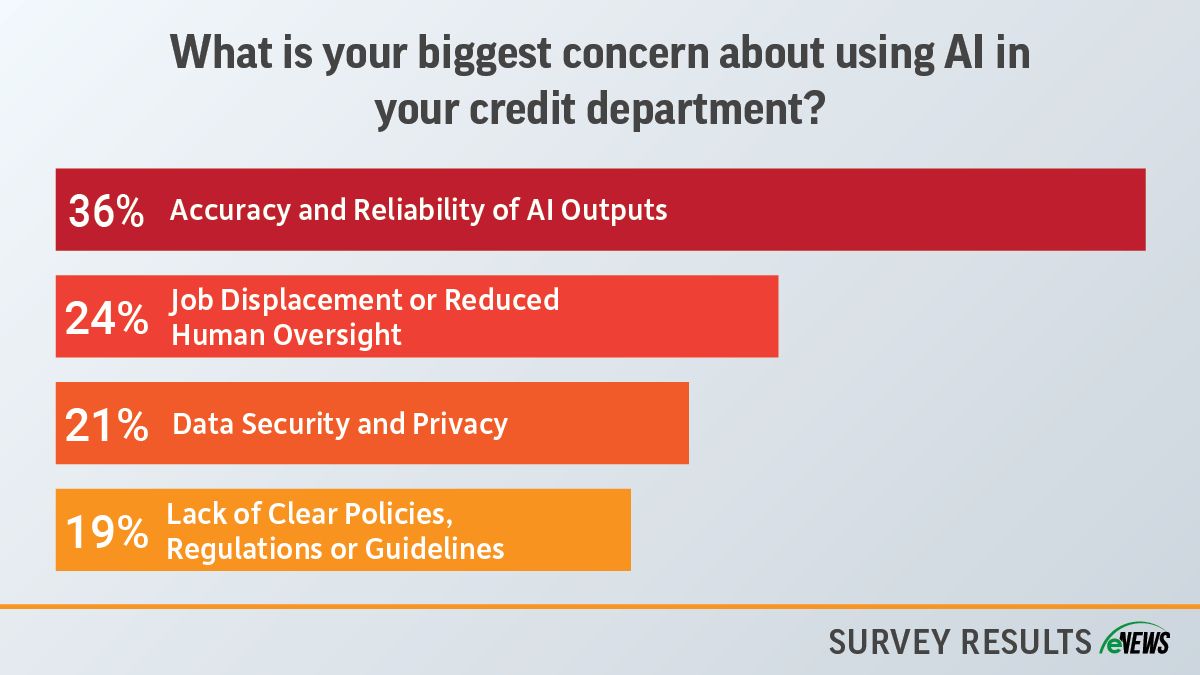Business Practices, eNews
Measuring customer performance and risk

Performance metrics are used to assess and enhance efficiency, productivity and success in organizations or projects. But they can also measure customer performance, assess risk and rank customers.
Why it matters: Measuring customer performance helps in identifying potential risks and ranking customers based on their reliability and financial behavior.
Customer performance metrics will vary based on your company culture and policies. Standard customer performance metrics include average days late, sales volume and past due balances. “I look at average days to pay (ADP), how many days in the last 12 months they were in our dunning report and how many times did they went on hold,” said Carl Davidson, director credit and collections at Blue Water Industries LLC (Jacksonville, FL).
Pay attention to why you’re measuring their performance, as this will determine the metrics you use. Are you onboarding a new customer or adjusting credit limits? “For potential customers, I take into account company length/length of current ownership, whether we will be protected with lien rights, personal guarantee and salesmen recommendations,” said Jake Merriman, credit manager at Masons Supply Company (Ridgefield, WA). “We also look at Purchase Order (PO) size, credit references and whether they were a reactivated customer and if so, I take into account their previous history.”
For credit limit adjustments, Merriman looks at the current balance, percentage in aging buckets, percentage over 90 and ADP within the last year. But he also pays close attention to the history of the customer. “I look at the customer’s length with the company, internal note history, as well as three-year sales history and one-year sales history.”
Ranking customers and assessing risk
Once you’ve found the right metrics to measure performance, you can start assessing risk concentration to rank customers from least to most risky. “You can create your internal scorecard to quantify each company’s risk,” Martin Zorn, managing director, risk research and quantitative solutions at SAS Institute Inc (Honolulu, HI) said during an NACM webinar, What a Credit Manager Should Know About Concentration Risk.
Creating a scoring system can be helpful to quantify that concentration risk. “We have a manual scoring system in which customers are labeled A, B or C—A being our best customer, B being your standard customer and C being your high-risk customer,” Davidson said. “We’ll look at how easy or difficult it is to get in touch with them. For instance, if I have to call the same customer every month and they’re always difficult to get a hold of, they’re going to be a high-risk or C-rated customer and they’re going to start getting that pre-dunning letter.”
Although you can automate your customer ranking system, some creditors advise not to. “I’d be concerned because our dunning letters are automatically generated based on a customer’s ranking, so the system might label a customer as a high-risk customer that we would not want to get a dunning letter due to an ongoing relationship,” said Davidson.
After you measure and rank the customer’s risk concentration, report it to the right people. “Be a strategic partner with your CFO, sales manager and other people in your organization,” Zorn said. “Also, think outside the box when assessing risk and have a contingency plan in place when something goes wrong.”
The bottom line: Despite the metrics available, it’s up to you to make the final credit decision. “I trust what my scoring system derives but I do not solely rely on it, nor do I place my customers in risk categories,” Merriman said. “I rely on salesperson’s subjective opinion and my only gut instinct while making decisions.”





